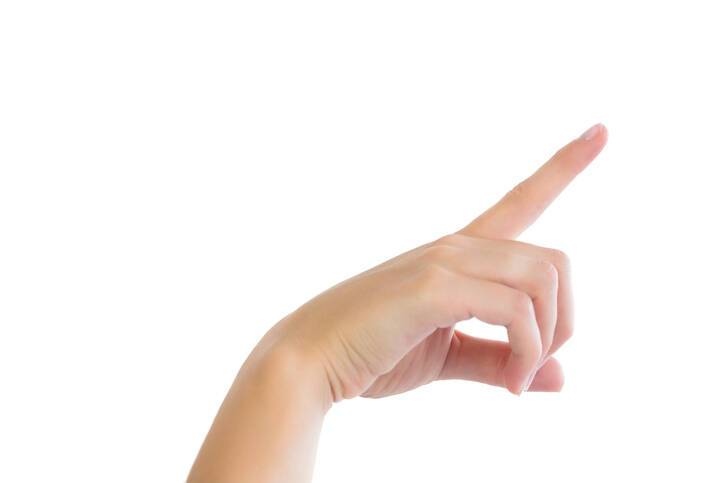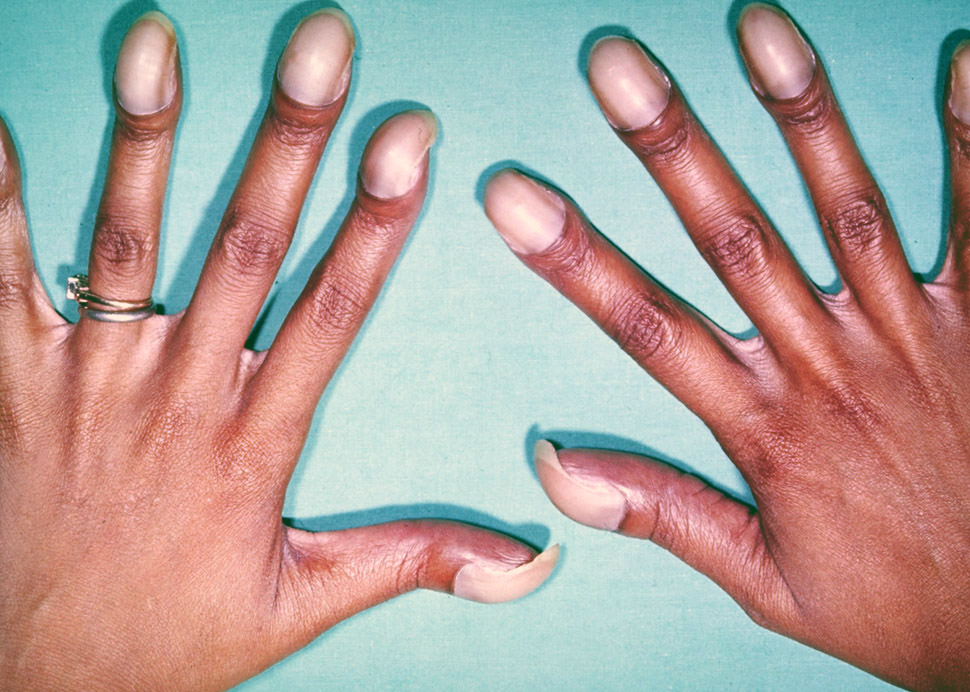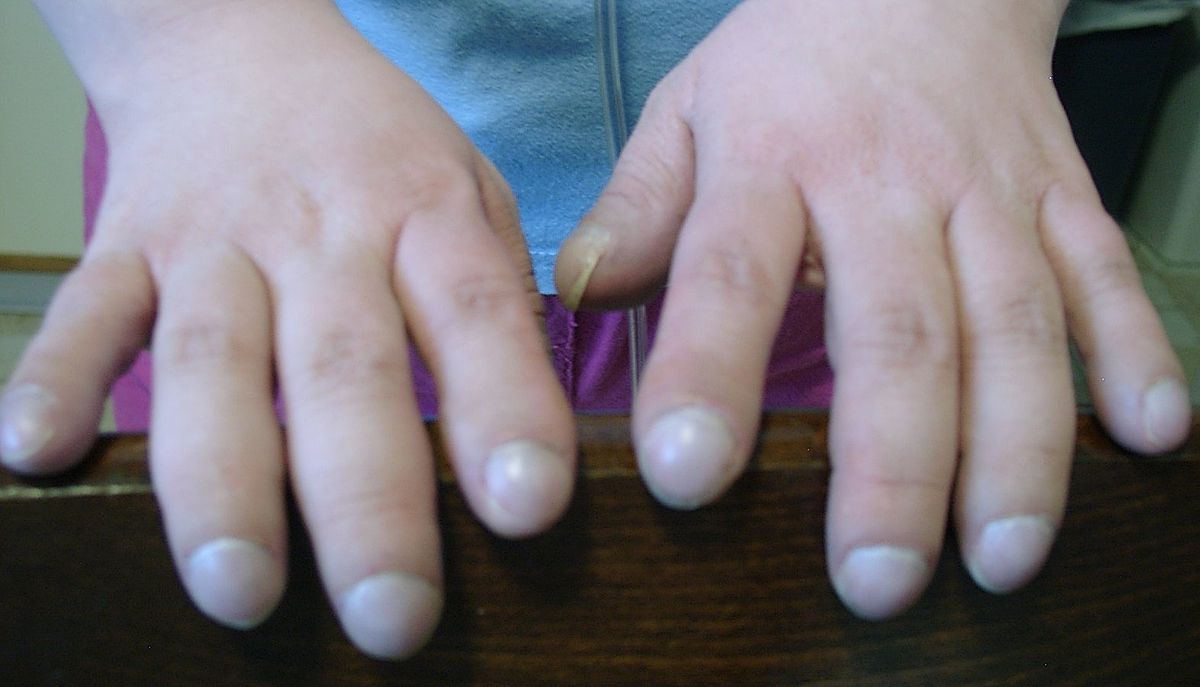Stubbed toes: do you know the causes of Hippocratic toes?

Their occurrence is related to race, but also to hereditary predisposition. Why they occur is not fully understood. They occur in diseases of various body systems. For example, in diseases of the cardiovascular, respiratory, digestive or endocrine systems.
Stamens, Latin name digiti Hippocratici.
They were probably first described by Hippocrates.
How do Hippocratic fingers manifest themselves?
The shape of the fingernail ceases to be spherical and a kind of wave of the nail can be observed when gently touched. This condition of the fingers is also called pachyacria and is a symptom of most heart, vascular or lung diseases.
The symptom develops over a relatively long period of time.

Symptoms typical of stubby fingers:
- Smoothing and loosening of the nail bed.
- loss of the angle between the nail bed and the skin
- increased nail bulging
- thickening of the base of the nail
- light glare on the skin and nail
What diseases do they occur in?
Stubbed toes occur as an accompanying symptom of diseases of various body systems. This mainly concerns the cardiovascular, respiratory, but also the digestive system. Their presence may also be present in other diseases.
The cardiovascular system and stammering fingers
In the context of diseases and problems with the heart, clubbed fingers may occur as one of the symptoms in the later stages of atrial and ventricular septal defect. This is a congenital heart defect. Due to the septal defect between the right and left parts of the heart, it results in mixing of non-oxygenated blood from the right heart and oxygenated blood from the left heart.
If the person also has high blood pressure, cyanosis (bluing of the skin) occurs. There is a general worsening of the symptoms of the disease.
In tetralogy of Fallot, a complex defect of the heart and large heart vessels, blue skin discoloration and stubby fingers are also seen. Fainting and breathing problems are also present.

The disease occurs mainly in childhood and can only be treated surgically. Typical of the disease is narrowing of the pulmonary artery, ventricular septal defect, problems with the aorta. Hypertrophy of the right ventricle of the heart also occurs. Sometimes the disease is also accompanied by vascular defects.
Other causes include:
- Eisenmenger's syndrome
- endocarditis
- myxoma
Respiratory diseases with their occurrence
Similarly, in respiratory problems, stubby fingers and bluing of the skin are present. For example, in pulmonary emphysema. Then destruction of lung tissue and the formation of thin-walled air-filled cysts occurs.
Symptoms such as breathing difficulties and coughing are associated. The disease often does not occur on its own, but also as part of chronic obstructive pulmonary disease. Alternatively, pulmonary emphysema may be accompanied by bronchitis.
Pachyacria is also part of the symptoms of lung cancer. This type of cancer is characterised by weight loss, coughing, fatigue, sometimes coughing up blood, and chest pain when breathing in or out. The most common symptom is the typical smoker's cough, which gets progressively worse.
Lung cancer is the most common cancer. Many studies show a direct link between smoking and the development of cancer. Cancer appears relatively subtly and develops over a long period of time.
Tip: Information about smoking and its association with chronic bronchitis and other diseases.
Other respiratory causes include:
- pneumonia
- purulent inflammation of the lungs, e.g. lung abscess, empyema
- complicated tuberculosis
- pleural mesothelioma
Digestive system
Diseases in which the Hippocratic fingers may be manifested include Crohn's disease, ulcerative colitis and other malabsorption syndromes. They also occur in liver diseases, especially cirrhosis. Each disease, of course, has its own typical symptoms.
Other causes of pachyacria
Stubby fingers also occur in various hereditary diseases, for example, in Kartagener's syndrome. Then the symptoms include complications of the disease in obstructive and restrictive ventilatory disorders of the lungs.
In cystic fibrosis, where the disease manifests itself in the respiratory and digestive systems, pachygyria can also be observed. In addition, the disease is mainly accompanied by general wasting, a wet cough and breathing problems. The disease is not yet curable.
They can also be a symptom in:
- autoimmune thyroid disease (Graves-Basedow disease)
- vascular anomalies
- familial and racial Hippocratic fingers (in African population)
- hypertrophic osteoarthropathy, Pierre-Marie-Bamberger syndrome
- thymoma
Stubby fingers
Diseases with symptom "Stubby fingers"
Interesting resources










